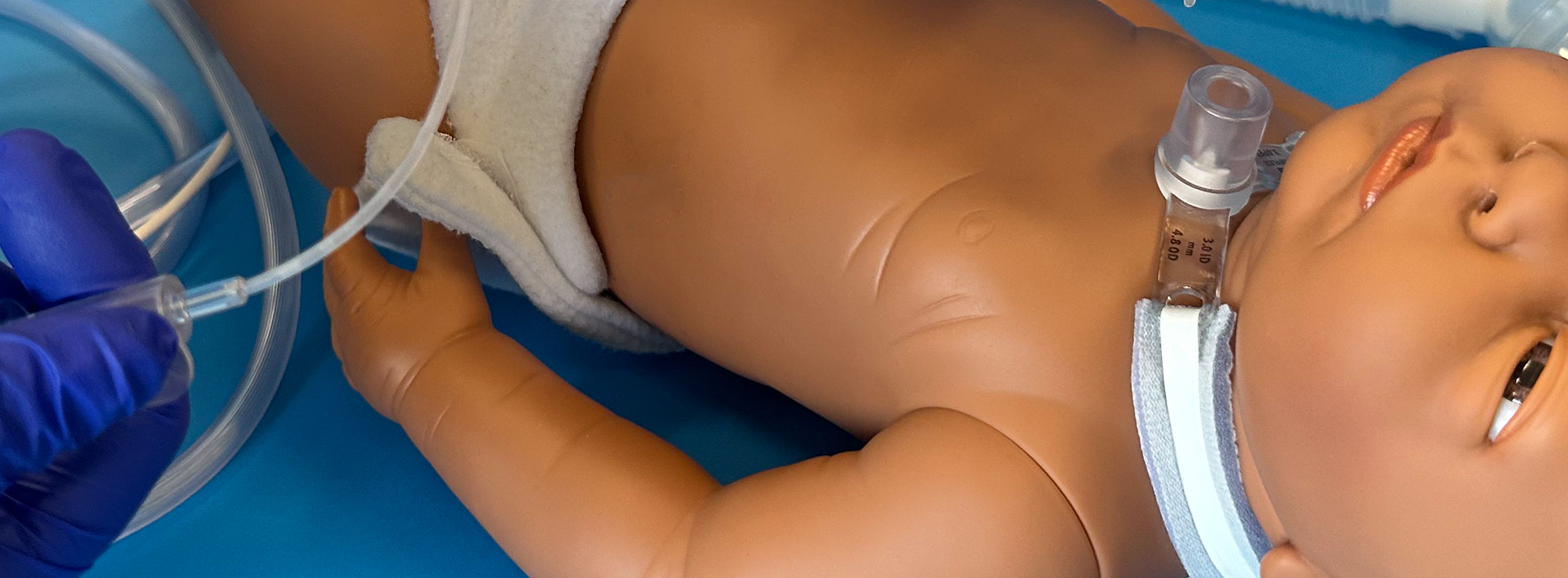
At the end of this chapter, you will be able to:
- discuss school readiness
- understand how to prepare for emergencies at school
What should I consider when preparing to send my child to school?
Going to school is an important opportunity for your child to learn, make friends and spend time outside the home. You can make some important preparations to ensure your child's school environment is safe and accessible.
Mobility
When considering schools for your child to attend, always ask about accessibility and mobility. For example:
- Are all the classes on one floor or on multiple floors?
- Are there elevators and is the school wheelchair accessible?
- If your child needs help with going to the bathroom, are washrooms near your child's classrooms and do they have enough space to accommodate your child’s needs?
Nursing
Children attending kindergarten through grade 12 who are under 18 years of age are eligible for nursing provided by the Home and Community Care Support Services (HCCSS). These nursing hours are in addition to the nursing support your child receives at home. Speak to your HCCSS manager as soon as possible for more information. If your child is already attending school, ensure you review your child’s care plan with their health-care team and provide the updated care plan to the school.
Allied health services
Many children are eligible for allied health services (for example physiotherapy, occupational therapy) at school. Check with the school as well as your HCCSS manager for more information.
Contact information
It is important to identify the key contact people at your child's school. Usually, key contact people include the principal, your child’s teacher and any allied health professionals. Record these people’s names and numbers where you can always easily access them.
Example
| My child's teacher |
|---|
| Name: |
| Phone: |
| Allied health professional |
| Name: |
| Phone: |
| Allied health professional |
| Name: |
| Phone: |
What equipment does my child need at school?
Your child may attend school for a few hours, half a day or even a full day, so they need all the equipment they would use during that time. It is also important to have extra supplies on hand in case they are needed.
Your child's health-care team will review with you the equipment that your child needs to bring to school every day. Below is a sample list of equipment, but note that your child may need other equipment, which would be added to this list.
Equipment checklist for school
- if your child uses a ventilator:
- ventilator, circuit, power source, inline heat and moisture exchanger
- back-up battery for the ventilator in case of a power failure
- manual resuscitation bag (with tracheostomy adaptor, face mask and/or stoma mask)
- emergency tracheostomy kit
- oximeter with charger, patient cable and additional probes
- suction machine, suction tubing and suction adjuncts
- medications
- oxygen (if needed) with tubing
- G tube supplies and feeds (if needed)
How should I prepare for possible emergencies at school?
Emergencies can happen anywhere, including at school. It is important to have a plan in place at your child's school in case of an emergency.
- Make sure the school has the contact numbers for at least two family caregivers (including home, cell and work numbers for each caregiver, if applicable). Prioritize the numbers so the school knows who to call first in an emergency.
- Be aware of the hospital emergency department that is closest to your child's school. This may or may not be the same as the one closest to your home.
- Make sure your child always has all the medical equipment they need at school as well as any equipment they would need in an emergency. Your child’s health-care team will work with you to make a list of the equipment that your child needs at school.
- Have a plan if there is a power failure at school.
